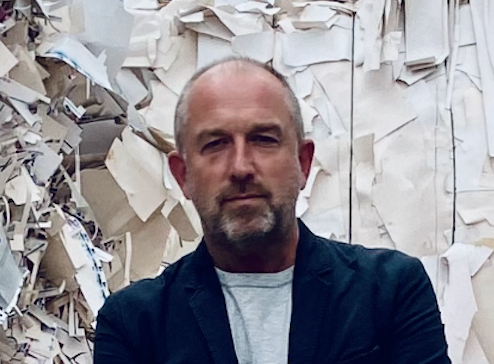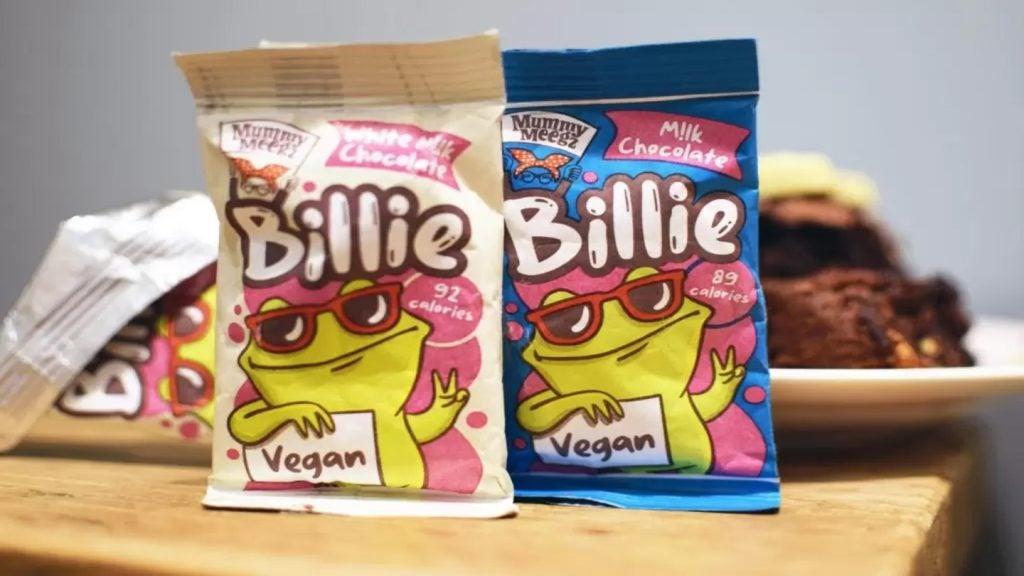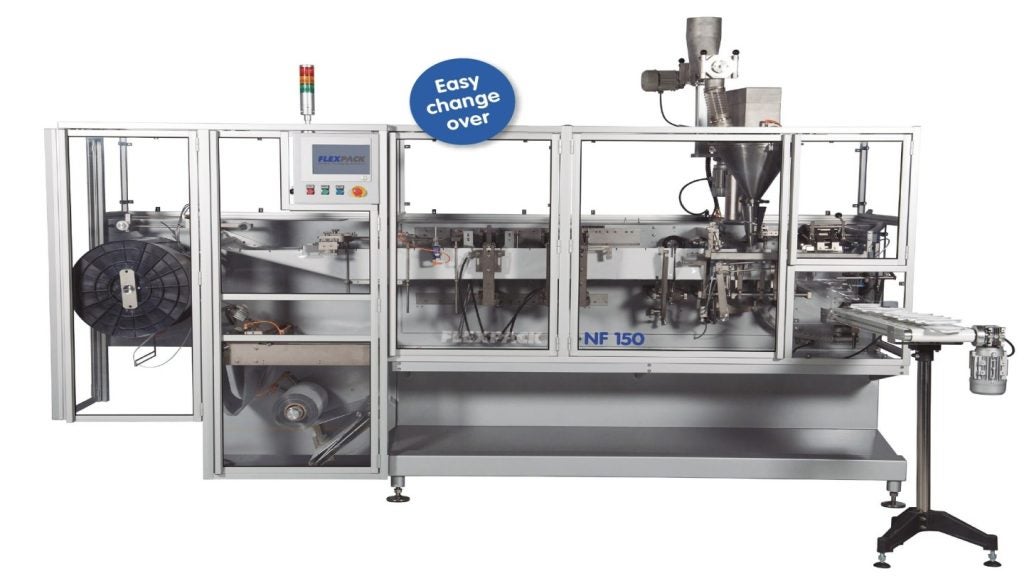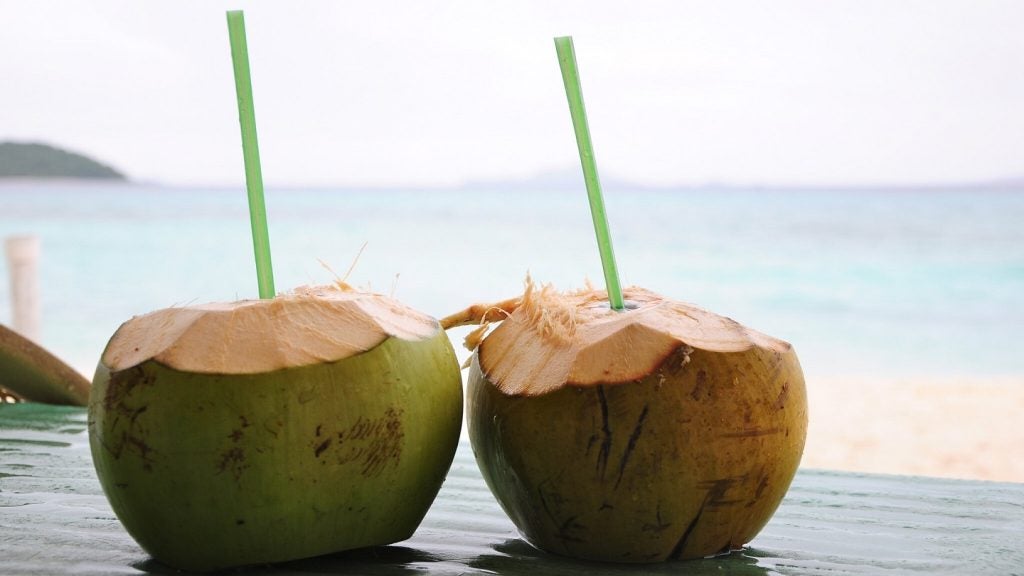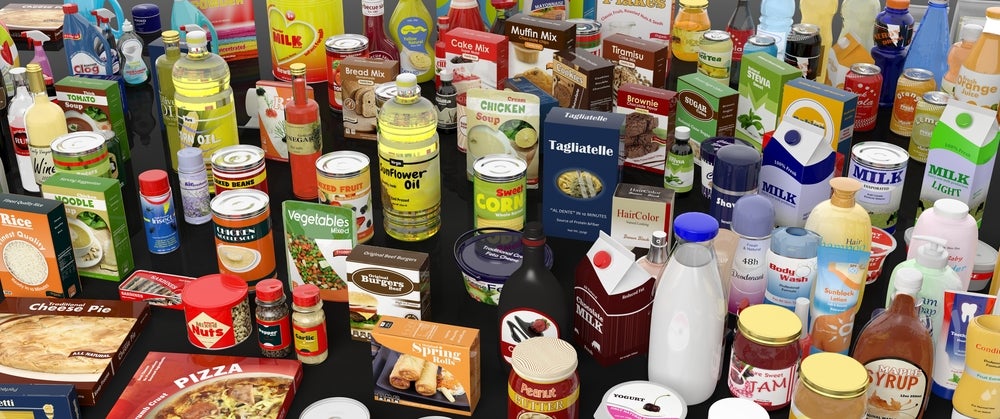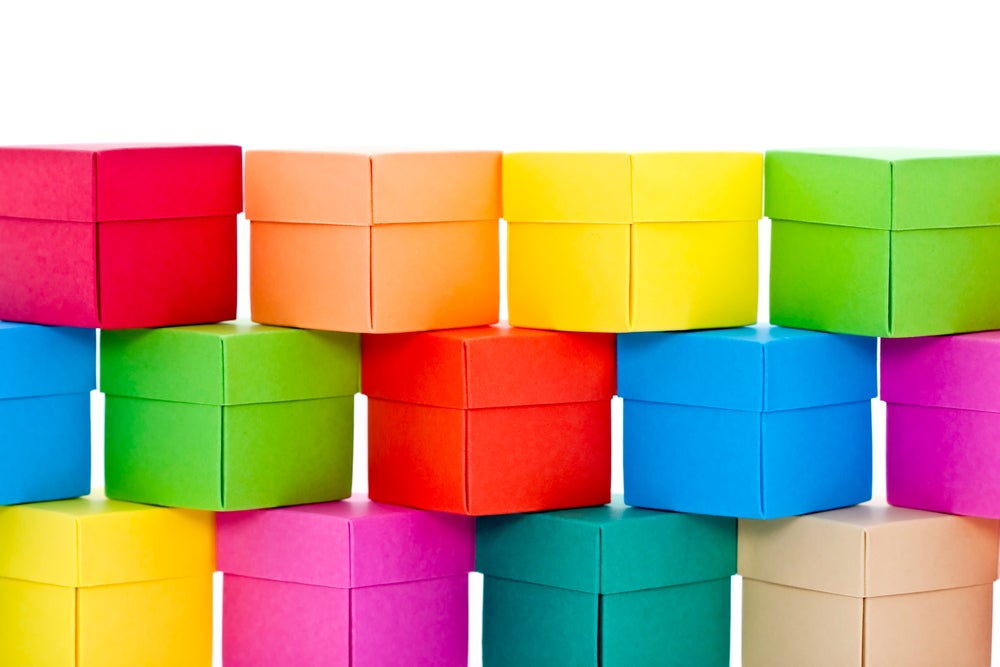The packaging industry is currently undergoing a profound transformation, with sustainability practices and eco-friendly solutions at the forefront of this change.
According to Steve Lister, Managing Director at SteveLister.com, "The current landscape in the packaging industry is marked by a significant shift towards sustainability practices and sustainable solutions."
Brands and retailers are increasingly acknowledging the environmental impact of traditional packaging materials and actively seeking alternatives. This surge in awareness has fuelled a growing demand for biodegradable, recyclable, and compostable materials.
Simultaneously, there's a noticeable emphasis on reducing packaging waste, driving innovations in minimalist and reusable packaging designs.
Moreover, sustainable sourcing and supply chain transparency are gaining traction, with companies striving to ensure their materials come from responsible and ethical sources.
Challenges on the path to sustainability
Despite this positive shift, the packaging industry faces several key challenges when it comes to creating sustainable and eco-friendly packaging solutions.
Lister highlights that one of the primary challenges is striking a balance between sustainability, functionality, and cost-effectiveness. Developing sustainable packaging that meets the stringent requirements of product protection while remaining affordable can be an arduous task.
Additionally, transitioning from conventional materials to sustainable alternatives often necessitates significant investments in research, trials, product development, and launch.
To overcome these hurdles, the industry must foster a more positive approach to innovation, invest in research for new sustainable and alternative materials, and collaborate with innovative material suppliers to scale up production of eco-friendly options.
The importance of prioritising sustainability from the start
Incorporating sustainability into the initial design process is critical for packaging companies. Lister emphasises, "Sustainable packaging is proven to enhance brand reputation, appeals to sustainability-conscious consumers, and can lead to cost savings through reduced material usage and end-of-life circularity and waste management."
By integrating sustainability from the outset, companies can create packaging solutions that align with their long-term environmental and business goals.
Making sustainability a core part of the design process allows companies to innovate continuously, staying ahead of market demands and regulatory changes.
Innovative approaches and technologies
In the quest for eco-friendly packaging solutions that minimise environmental impact, the industry is witnessing remarkable innovations.
Lister points to bio-based plastics derived from renewable sources like cornstarch and sugarcane as alternatives to traditional petroleum-based plastics. Additionally, smart packaging with sensors is helping monitor freshness, reducing food waste.
Advancements in recycling technologies and closed-loop systems are enabling the repurposing of packaging materials, contributing to circular economies.
Notably, global brands and retailers are now utilising their waste to create innovative packaging solutions, showcasing the potential for a circular approach.
Collaboration for sustainable progress
Collaboration and partnerships are driving sustainable packaging progress. Successful examples include collaborations between major brands and recycling initiatives to improve collection and recycling rates.
Partnerships between packaging companies and waste management firms have led to the development of recycling-friendly packaging formats. These alliances foster knowledge sharing and resource pooling to address complex sustainability challenges.
Adapting to regulations and consumer preferences
Legislation and evolving consumer preferences are powerful forces shaping packaging design. Stricter regulations, such as extended producer responsibility laws, require companies to take responsibility for their packaging waste.
Simultaneously, consumers' growing eco-consciousness has led to increased demand for sustainable packaging, prompting companies to adapt or risk losing market share.
To stay ahead of these changes, Lister suggests that companies should monitor regulatory developments, proactively engage with policymakers, and adopt consumer-centric design approaches that align with evolving preferences.
Compliance should be viewed as an opportunity for innovation rather than a mere obligation.
Steve Lister, a globally recognised sustainability leader, is the Managing Director of SteveLister.com.


